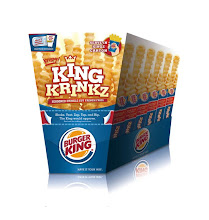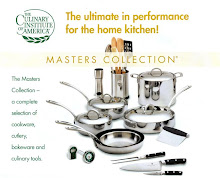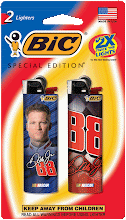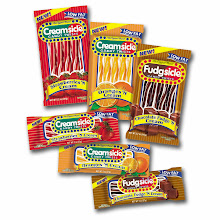
According to a report costing €190 from Just Food entitled Failures in Functional Foods and What They Reveal About Success, 80% of functional food product launches fail within 18 months. The report looks at 15 high-profile failures, including major players like Groupe Danone, Pepsico, Coca-Cola, Nestlé and Unilever.
Unilever is a perennial problem child, having shed numerous brands over the past few years, and in the case of brand licensing, failing in several cases to use its opportunities profitably or at all. The Anglo-Dutch multinational spent €14.4MM launching a soy fruit juice with the infelicitous name of Adez. The problem was: it should have been pronounced 'Ah-dez', but ended up being called 'Aydz' (as in AIDS) by many consumers. The company pulled the plug after earning back €10.7MM in sales a little more than a year later.
Other failures described in the report include a Nestlé prebiotic cereal, PepsiCo's plant sterol Minute Maid Heart Wise orange juice, and Coca-Cola and Nestlé’s calorie-burning drink, Enviga. Enviga started strong with over $30MM in sales, but tailed off by over 65% after consumers yawned at its lack of performance. Some rules for success can be gleaned from these failures of the big guys:
1. Successful brands are expert brands: Consumers are looking for authority from their branded purchases, and simply touting ingredients or implying performance and results aren't enough.
2. Offer a relevant benefit and be a credible brand: Functional foods offer a bewildering array of promises, often confusing consumers.
3. Aim for a benefit the consumer can feel: It may seem obvious, but shoppers want benefits that play to their everyday lives, not pie-in-the-sky promises about potential benefits. If it's weight loss, be sure you deliver. If it's health, state up-front what the product will do for the buyer.
4. Remember that an ingredient is not a point of difference: Some products like acai berry are marketed as if we all are waiting breathlessly for it. Health claims are ubiquitous now, so adding some pomegranate juice isn't going to make your product a hit.
5. A future of niches - focus on value, not volume: The Great Recession has shown consumers will still pay premium prices for products they really want, especially health and beauty aids.
6. Differentiate using packaging design: It's surprising how many ugly packages are produced. Just look at Tropicana's stumble when it spent millions to re-design its cartons, then millions more to go back to the old look.
7. Open new categories and segments – don’t be a me-too: One problem with really big companies is they need really big product launches. That means researching and even over-researching concepts, launch plans, marketing, etc. So that by the time the "new" product comes out, it's really an old, "me,too" one.
Licensing can help avoid some of these pitfalls, because brands can secure a beach head in a new product category without making the enormously costly and time-consuming stretch to make and market that new product themselves. If you want to learn more about that option, call us!
Excerpted from BSLG's weekly subscription news reader service Food Business News. To subscribe or for information about licensing, contact Broad Street Licensing Group (tel. 973-655-0598)
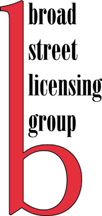.gif)




.gif)






.jpg)








